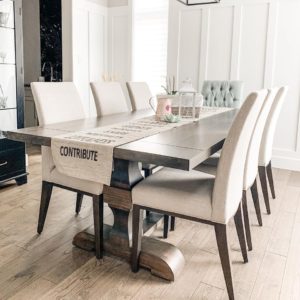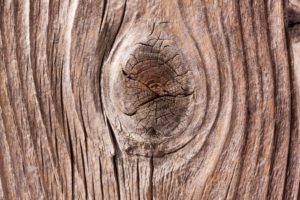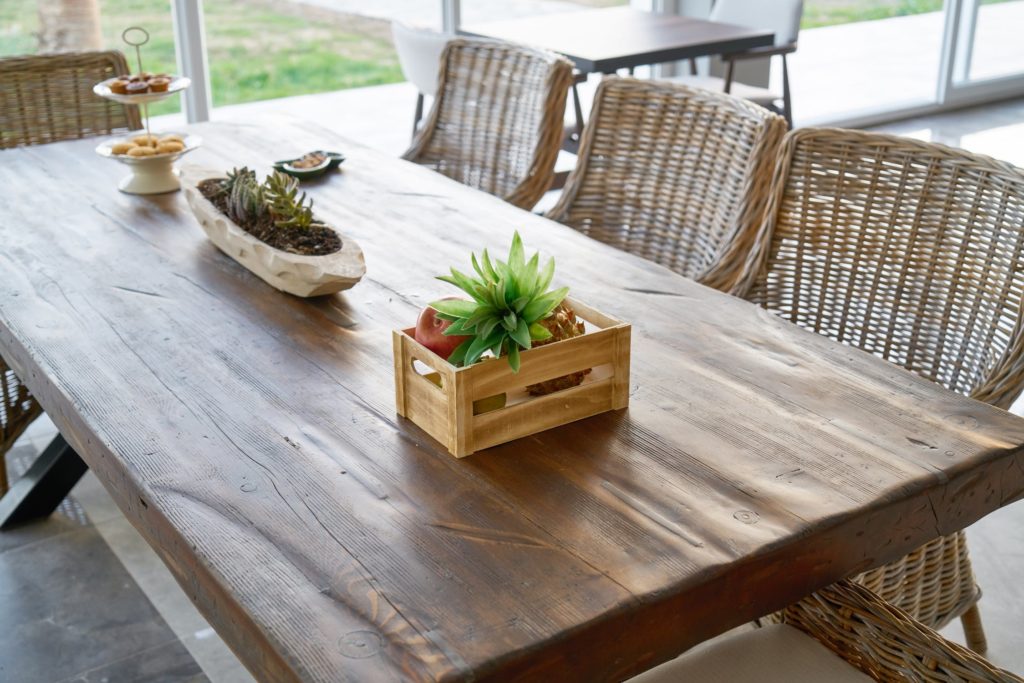blog
How Do I Select The Type Of Wood For My New Table?
When choosing the best wood for your dream custom table, you have quite a few options. How can you make the best one for your project? When selecting wood, there are three factors to consider: colour, durability, and woodgrain. What you prefer in these characteristics will affect your final choice!
Colour
The easiest part of the decision-making process is picking the colour of the wood. Knowing the colour and tone you want for your custom furniture depends on your tastes and what’s surrounding the table: the colour scheme of the room, the lighting, flooring, etc.
Though the natural colour of the wood is your starting point, stains and finishes give you more options. The right finish can add depth to the colour, coordinate it with other pieces in the room, and bring out the best attributes of the wood.
Durability
 Once you’ve selected your wood colour, it’s time to consider durability. If your new table is a part of your daily routine, you’ll want the wood to stand up to the pressure! The hardness of the wood is measured using the Janka Hardness Test; it measures the resistance of a sample of wood to denting and wear (specifically, the force required to embed a .444-inch steel ball into the wood by half its diameter).
Once you’ve selected your wood colour, it’s time to consider durability. If your new table is a part of your daily routine, you’ll want the wood to stand up to the pressure! The hardness of the wood is measured using the Janka Hardness Test; it measures the resistance of a sample of wood to denting and wear (specifically, the force required to embed a .444-inch steel ball into the wood by half its diameter).
The higher the Janka number on the scale, the harder and more durable the wood. It can go as low as 70 (Balsa) and as high as over 5000 (an ironwood species called Australian Buloke). The hardwood trees we use for furniture are around 1000 – 1500; softwoods like pine are around 400.
Woodgrain
Woodgrain is the composition and arrangement of the wood fibres – the texture and design of the wood. It also includes the texture, which is the size of the cells and pores in the wood. While there are general patterns – straight grain, irregular grain, spiral grain, etc. – woodgrains are like fingerprints: each tree is unique. Every piece of local London wood we use to build your table brings something different!
Where Do London Trees Stack Up On Colour, Durability, and Grain?
Now that you know what to look for, what can you expect from your wood choices?
Hard Maple
Colour: Hard maple is best known for its creamy colour. The streaks add reddish-brown tints to it, and the colour deepens a little with age. It takes dark stain well.
Durability: Maple has a Janka rating of between 1400-1500, making it a durable choice and one of the best for tables. Maple is a moisture-resistant wood, but it must be properly treated – the wood can be perishable and susceptible to insects.
Grain: The closed grain is tight and even. Maple has a wide variety of potential patterns, with some common ones including curly, bird’s-eye, and burl.
Oak
 Colour: Oak comes in many subtle colour variations, from a light beige to red. We can finish to show off the natural patterns and colours of the lumber, enhance the grain, and help you match the table with other wood furniture.
Colour: Oak comes in many subtle colour variations, from a light beige to red. We can finish to show off the natural patterns and colours of the lumber, enhance the grain, and help you match the table with other wood furniture.
Durability: Oak is a heavy wood with a Janka rating of between 1200-1300. It’s a good choice for furniture because it’s able to withstand constant use. Oak is rated as non-durable to perishable, with poor insect resistance, and when not properly finished, it can stain with water damage.
Grain: Oak is beloved for its open-grain markings. It’s a coarse-grained wood.
Walnut
Colour: Walnut wood is generally a darker colour like deep chocolate; it’s the only naturally dark wood native to North America. The centre of the tree, or the heartwood, can be more varied than most people assume, and walnut may have lighter browns, purples, grays, or a reddish cast.
Durability: Walnut has a Janka rating between 1000-1100, making it another strong hardwood choice. It is highly resistant to decay, though it is susceptible to insects.
Grain: Walnut has a straight, open-grain. It has a medium texture and moderate natural lustre, with figured grain patterns.
Pine
Colour: Pine is light in colour, though it can get darker over time. The lightness means we can stain it any colour you want.
Durability: Though its Janka score is low – just above 400 – pine can have decent durability, making it suitable for inexpensive interior design and furniture. It’s softwood, however, which means it easily scratches and dings. Be aware of this if the table will sit in a high traffic area.
Grain: Pine has a medium texture and closed, even grain.

